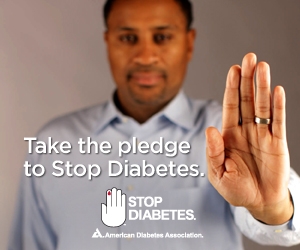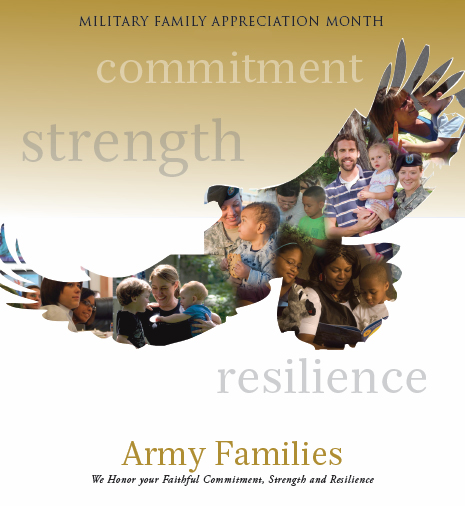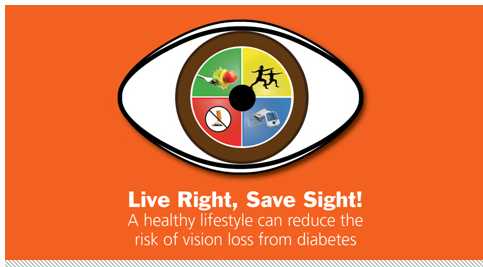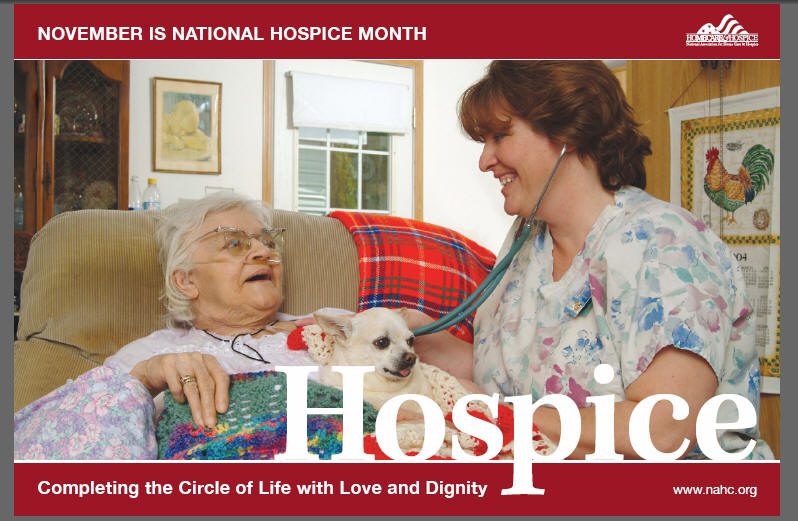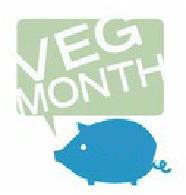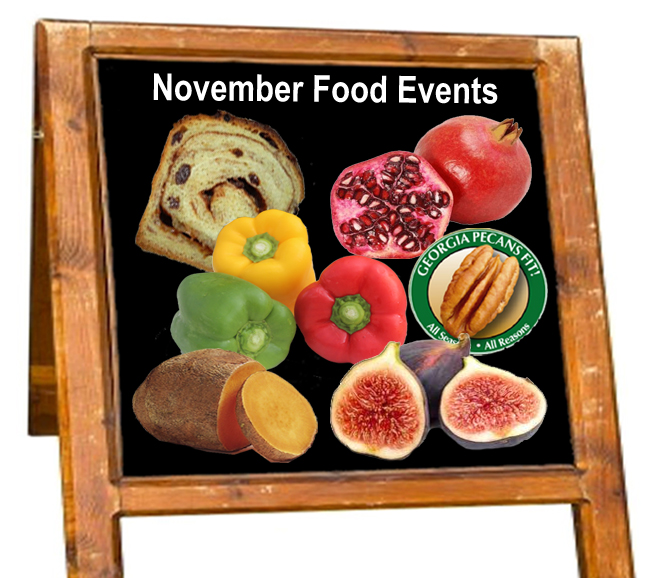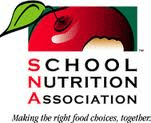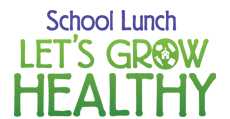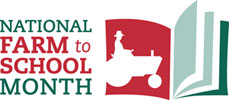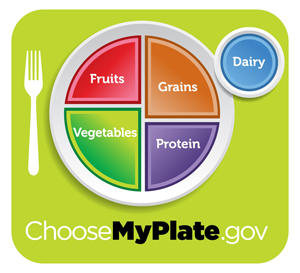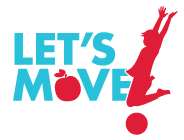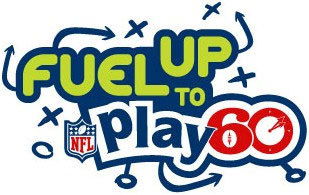Monday, November 14, 2011
World Diabetes Day
November 14, 2011
November 14, 2011
Wednesday, November 9, 2011
Tuesday, November 8, 2011
Seven Favorite Paper.li Food and Nutrition Daily's





Tuesday, November 1, 2011
November 2011 Wellness News
Monday, October 24, 2011
Food Day 2011, What is a Serving Size?
An Educated Consumer has the
Tools to Make Wise Decisions
1. Reduce diet-related disease by promoting safe, healthy foods.
2. Support sustainable farms and limit subsidies to big agribusiness.
3. Expand access to food and alleviate hunger.
4. Protect the environment and animals by reforming factory farms.
5. Promote health by curbing junk-food marketing to kids.
6. Support fair conditions for food and farm workers.
A special thank you to Marcela Lucena, Erik Bustillo, and the Florida International University, Student Dietetic Association for helping spread the word about Food Day.
Sunday, October 16, 2011
World Food Day
October 16, 2011
October 16, 2011
“FOOD PRICES – FROM CRISIS TO STABILITY” has been chosen as the 2011 World Food Day theme to shed some light on this trend and what can be done to mitigate its impact on the most vulnerable.
*Encourage economic and technical cooperation among developing countries;
*Encourage the participation of rural people, particularly women and the least privileged categories, in decisions and activities influencing their living conditions;
*Heighten public awareness of the problem of hunger in the world;
*Promote the transfer of technologies to the developing world; and
*Strengthen international and national solidarity in the struggle against hunger, malnutrition and poverty and draw attention to achievements in food and agricultural development.
To learn more about World Food Day, visit the Food and Agriculture Organization of the United Nations (FAO).
Tuesday, October 11, 2011
National School Lunch Week
October 10 – 14, 2011
October 10 – 14, 2011
|
"In the long view, no nation is
healthier than its children, or more prosperous than its farmers." - President Harry Truman, on signing the 1946 National School Lunch Act.
Through the Years
The National School Lunch Program was created in 1946 when President Truman signed the National School Lunch Act into law. The National School Lunch Program is a federal nutrition assistance program. Through the years, the program has expanded to include the School Breakfast Program, Snack Program, Child and Adult Care Feeding Program and the Summer Food Service Program. In 1962, Congress designated the week beginning on the second Sunday in October each year as "National School Lunch Week."
The video below looks at the school lunch program from the late
1930’s to the present day and includes President Obama signing the
Healthy, Hunger-Free Kids Act. One
can see from the photographs some of the changes in the foods
provided. There is an increase in whole grains, fruits, vegetables,
lean protein and lowfat dairy. (Part
of the video has clips from a film produced by the USDA in the
mid-60s.)
School Lunch Resources
Additional Resources
The
Chefs Move to Schools program, run through
the U.S. Department of Agriculture, will help chefs partner with
interested schools in their communities so together they can create
healthy meals that meet the schools’ dietary guidelines and budgets,
while teaching young people about nutrition and making balanced and
healthy choices. Healthy, Hunger-Free Kids Act of 2010 (HHFKA). Improving child nutrition is the focal point of the Healthy, Hunger-Free Kids Act of 2010 (HHFKA). The legislation authorizes funding and sets policy for USDA's core child nutrition programs. The Healthy, Hunger-Free Kids Act allows USDA, for the first time in over 30 years, opportunity to make real reforms to the school lunch and breakfast programs by improving the critical nutrition and hunger safety net for millions of children.
Final Rule (pdf): Cooperation in USDA Studies and Evaluations, and Full Use of Federal Funds in Nutrition Assistance Programs Nondiscretionary Provisions of the Healthy, Hunger-Free Kids Act of 2010, Public Law 111-296 (6/29/11)
Priceless: School Lunch
"Priceless" launched the
One Tray
campaign depicting the cafeteria tray as the conduit for a reformed
school food system that supports healthy children, local farms, and
smart schools. The video was created by three IATP Food and Society
Fellows, Shalini Kantayya, Nicole Betancourt, and Debra Eschmeyer to
raise awareness for the Child Nutrition Act.
Tom Vilsack, Secretary of
Agriculture stated “National School Lunch Week reminds us how
important it is that our children be healthy and active, that they
not go hungry, and that they have access to nutritious meals."
|
||||||||||||||||||||||||||||||
Saturday, October 1, 2011
October 2011 Wellness News
Weekly and Daily Events can be found in the Wellness Newsletter.
National Breast Cancer Awareness Month
Food Day, October 24, 2011
National Disability Employment Awareness Month
UNICEF
Tackling Hunger Month
Halloween Safety Month
Food Events
Vegetarian Month
National Apple Month
National Bake and Decorate Month
Caffeine Addiction Recovery Month
Cookbook Month
National Caramel Month
National Chili Month
National Cookie Month
National Country Ham Month
National Dessert Month
National Pasta Month
National Pickled Peppers Month
National Pizza Month
National Popcorn Poppin' Month
National Pork Month
National Pretzel Month
National Rice Month
Sausage Month
National Seafood Month
National Spinach-Lovers Month
Co op Awareness Month
National Eat Better, Eat Together Month
Celiac Disease Awareness Month
Christmas Seal Campaign (10/1-12/31)
Dyslexia Awareness Month
Emotional Wellness Month
Global Diversity Awareness Month
Health Literacy Month
Learning Disability Awareness Month
Long Term Care Planning Month
National Chiropractic Month
National Dental Hygiene Month
National Depression Education & Awareness Month
National Down Syndrome Awareness Month
National Liver Awareness Month
Domestic Violence Awareness Month
National Crime Prevention Month
National Cyber Security Awareness Month
Financial Planning Month
National Medical Librarian Month
National Organize Your Medical Information Month
National Orthodontic Health Month
National Physical Therapy Month
National Spina Bifida Awareness Month
National Work and Family Month
Positive Attitude Month
Talk About Prescriptions Month
Workplace Politics Awareness Month
World Blindness Awareness Month
World Menopause Month
National Kitchen and Bath Month
National Restaurant Hospitality Month
National Animal Safety Protection Month
Dietitian Blog List
-
-
The Best of Pumpkin’s Main Character Energy in 7 Recipes - From savory chili to a decadent tiramisu, here are 7 ways to make the most of Autumn’s best flavor.1 day ago
-
7 Day High Protein Diet Meal Plan - A free, 7-day high protein diet meal plan including breakfast, lunch and dinner ideas and a shopping list. All recipes include macros and Weight Watchers p...2 days ago
-
Tips for Visiting Kenya - We had the privilege of visiting Kenya this summer to do a safari. We went with my Dad and also met my brother and sister in law and their kids there. ...1 week ago
-
8 Healthy Foods Safe to Go Down the Garbage Disposal - A garbage disposal is a convenience, but it cannot help you if you place the wrong things inside. When you do this, it can create clogs, lead to smelly odo...9 months ago
-
Case Study Shows Risks with Atkins Diet - Physicians Committee for Responsible Medicine - Case Study Shows Risks with Atkins Diet Physicians Committee for Responsible Medicine16 years ago
-






